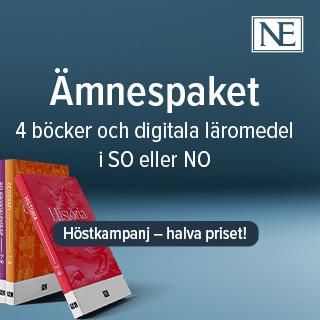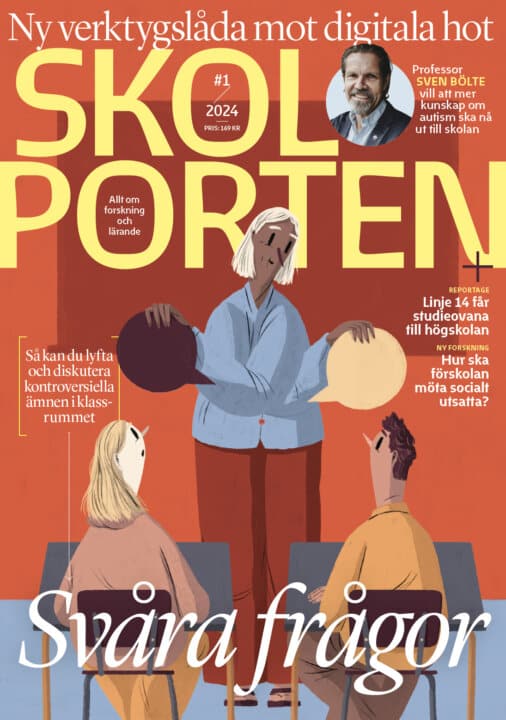School choice, space and the geography of marketization- Analyses of educational restructuring in upper secondary education in Sweden
Anna-Maria Fjellman har undersökt konsekvenserna av det fria skolvalet med fokus på att kartlägga skolmarknadernas geografiska utveckling över tid genom att analysera elevrörlighet och fördelning av utbildningsresurser över kommuner och regioner.
Anna-Maria Fjellman
Docent Kajsa Yang Hansen, Göteborgs universitet Dennis Beach, Göteborgs universitet
Professor Lisbeth Lundahl, Umeå universitet
Göteborgs universitet
2019-02-08
School choice, space and the geography of marketization- Analyses of educational restructuring in upper secondary education in Sweden
Institutionen för pedagogik och specialpedagogik
School choice, space and the geography of marketization- Analyses of educational restructuring in upper secondary education in Sweden
The main aim of the dissertation is to investigate, analyze and create a research-based understanding of the spatialities of the Swedish school choice in upper secondary education using a socio-spatial framework. The dissertation is comprised of three empirical studies based on six cohorts of register data from The Gothenburg Longitudinal Database. The individuals included in the analyses were 664 895 students attending an upper secondary school in Sweden between 1997 and 2011. The studies are focused on three analytical levels: national, regional and individual level. The individual-level variables were about student family background (i.e., gender, migration background, parental educational level, residential location, school location and program choice) and their school achievement (i.e., grades) for compulsory education. The school- and municipal-level variables included the educational provider of each upper secondary school, a classification of municipality groupings and student commuter rates for each municipality. The first study analyzed the spatial materialization of the national upper secondary quasi-market. A substantial but geographically differentiated expansion of upper secondary education provisions was observed where rural and sparsely populated municipalities were especially afflicted by school closures. The market structures were found to be clustering and concentrating as new urbanized spatial interrelationships (i.e., student mobility flows) emerged between municipalities. The second regional study analyzed market expansion and described choice consequences for a rural school market. The expansion was related to spatial interactions through mobility flows between the municipalities simultaneously as educational provisions were redistributed to the market core municipality. The two studies indicate market structural formation is different between urban areas compared with rural areas and therefore the metropolitan school markets (i.e., Gothenburg, Malmö and Stockholm) were selected for analysis. The third study utilized a propensity score analysis to analyze the probability of commuting within these markets, given students’ choices of program at upper secondary education. The outcome variable from the propensity analysis was used as a dependent variable in several multiple linear regression analyses. The independent variables consisted of students’ background variables and their school achievements. The results established a regionally divergent presence of differentiated student mobilities based on gender and migration background being mediated through choices of upper secondary programs and educational provider. In the integrated discussion, the results on the uneven spatial materialization of the quasi-market and the differentiated mobilities of upper secondary students are discussed in relation to the socio-spatial framework, which relies on the concepts of space, mobility and power-geometry as theorized by Doreen Massey. In sum, the results show how geographical market segmentation in the Swedish quasi-market are affecting the actualities of what choices can be made. Additionally, the differentiated mobilizing of students across parts of the Swedish quasi-market spatially reproduced injustices based on students’ gender, migration background, school ownership and market location.
Relaterade länkar

Fritidshem
 Åk F–6
Åk F–6 Matematikångest
 Åk 4–Vux
Åk 4–Vux 






